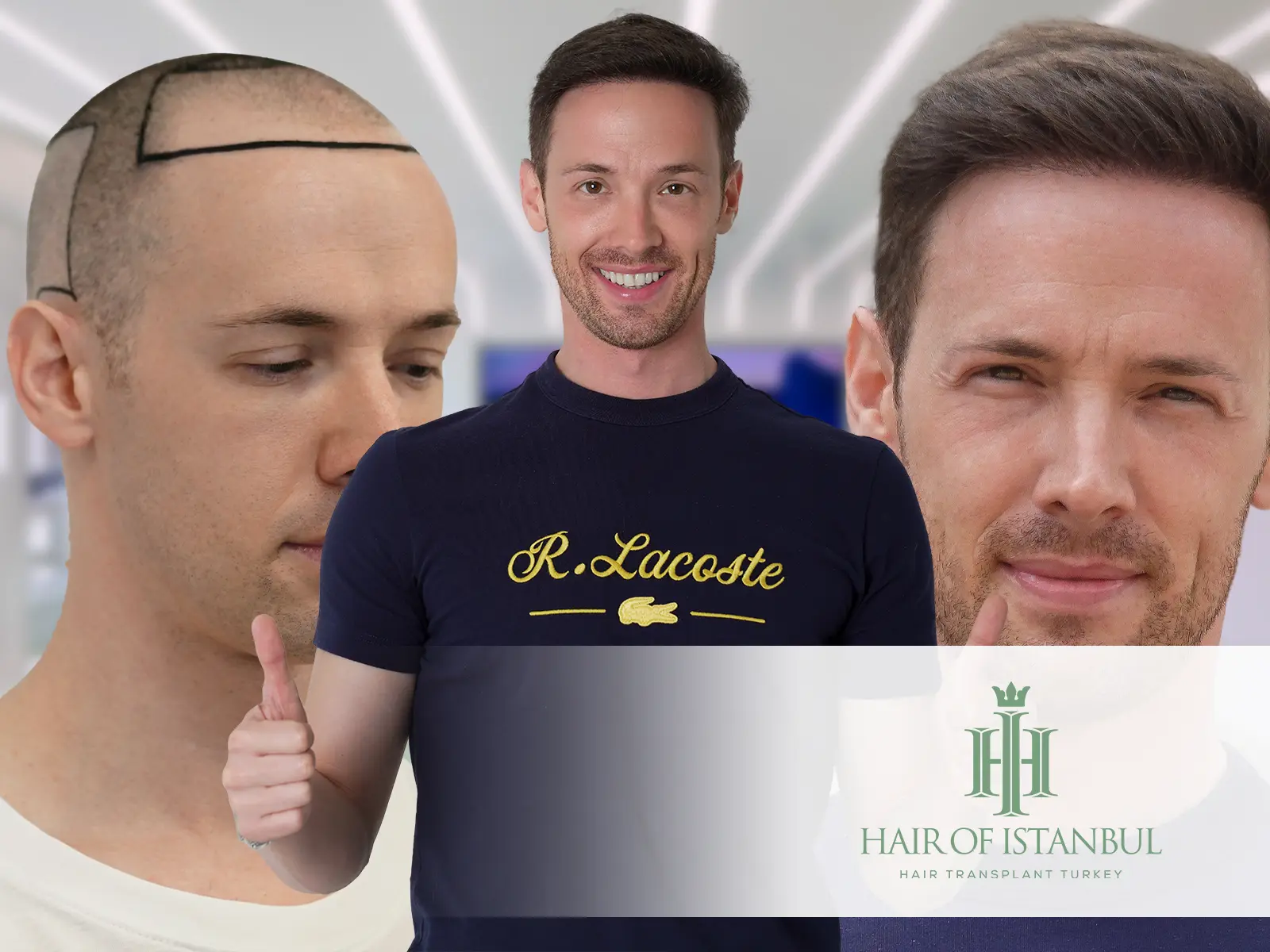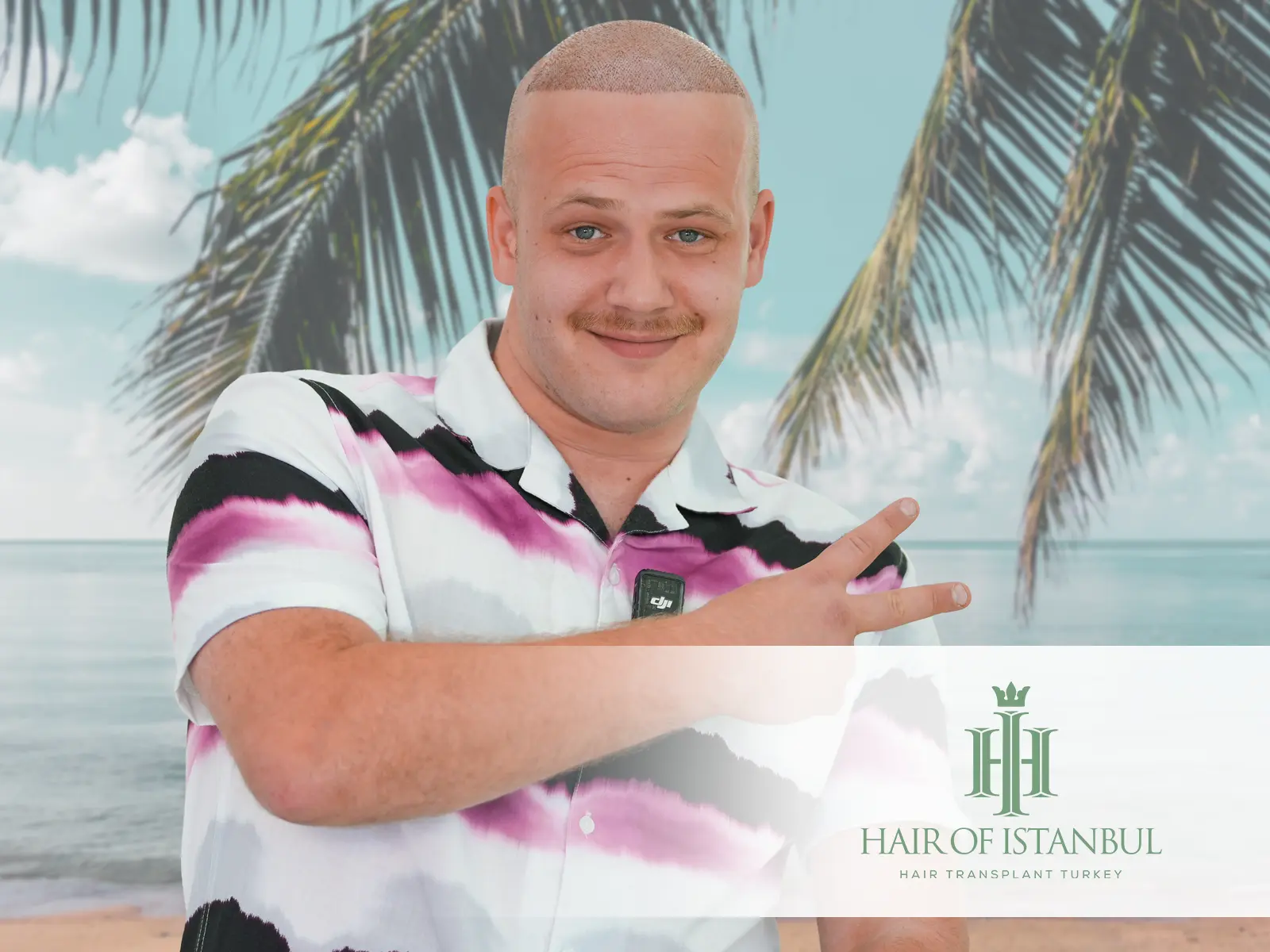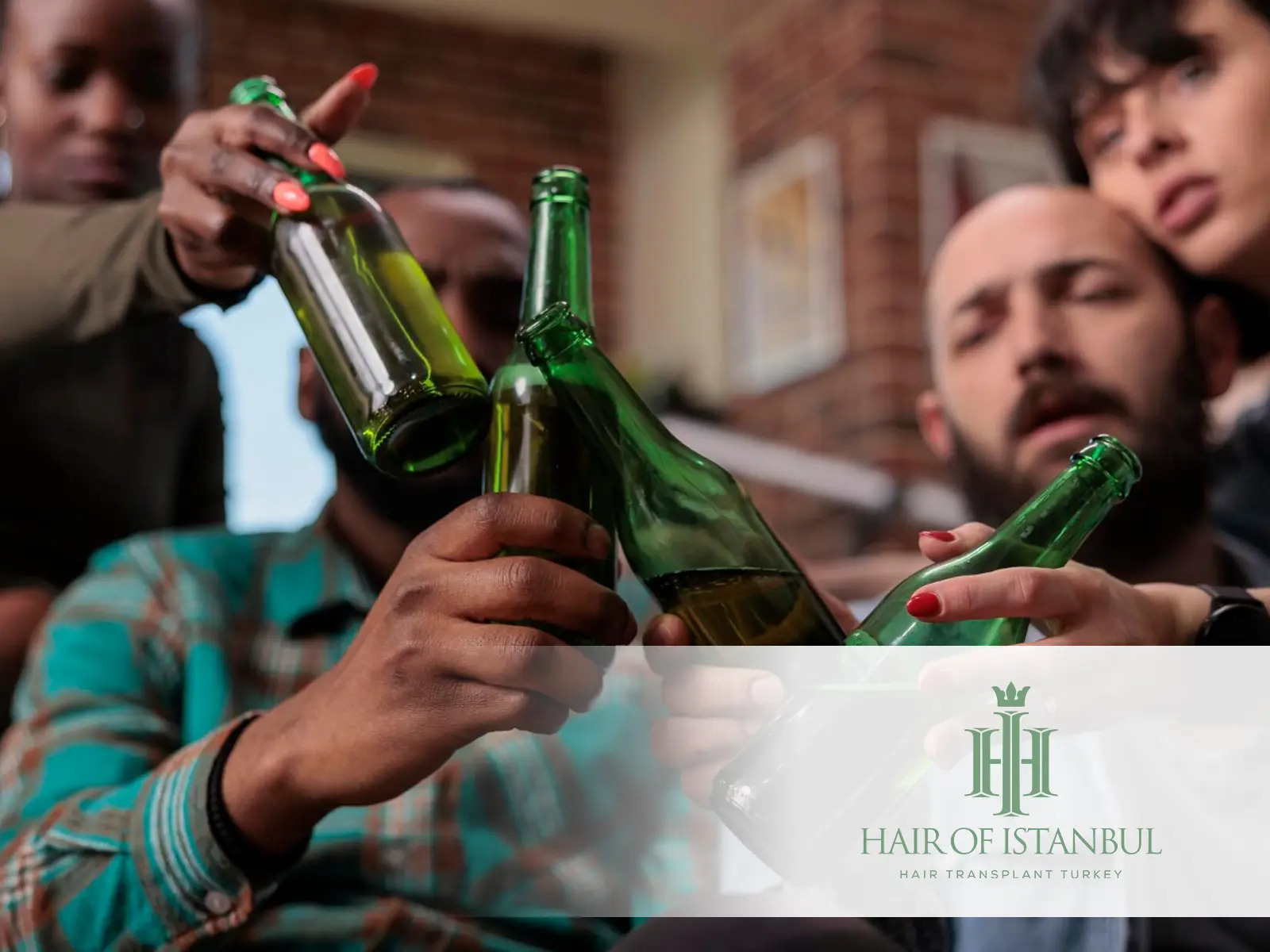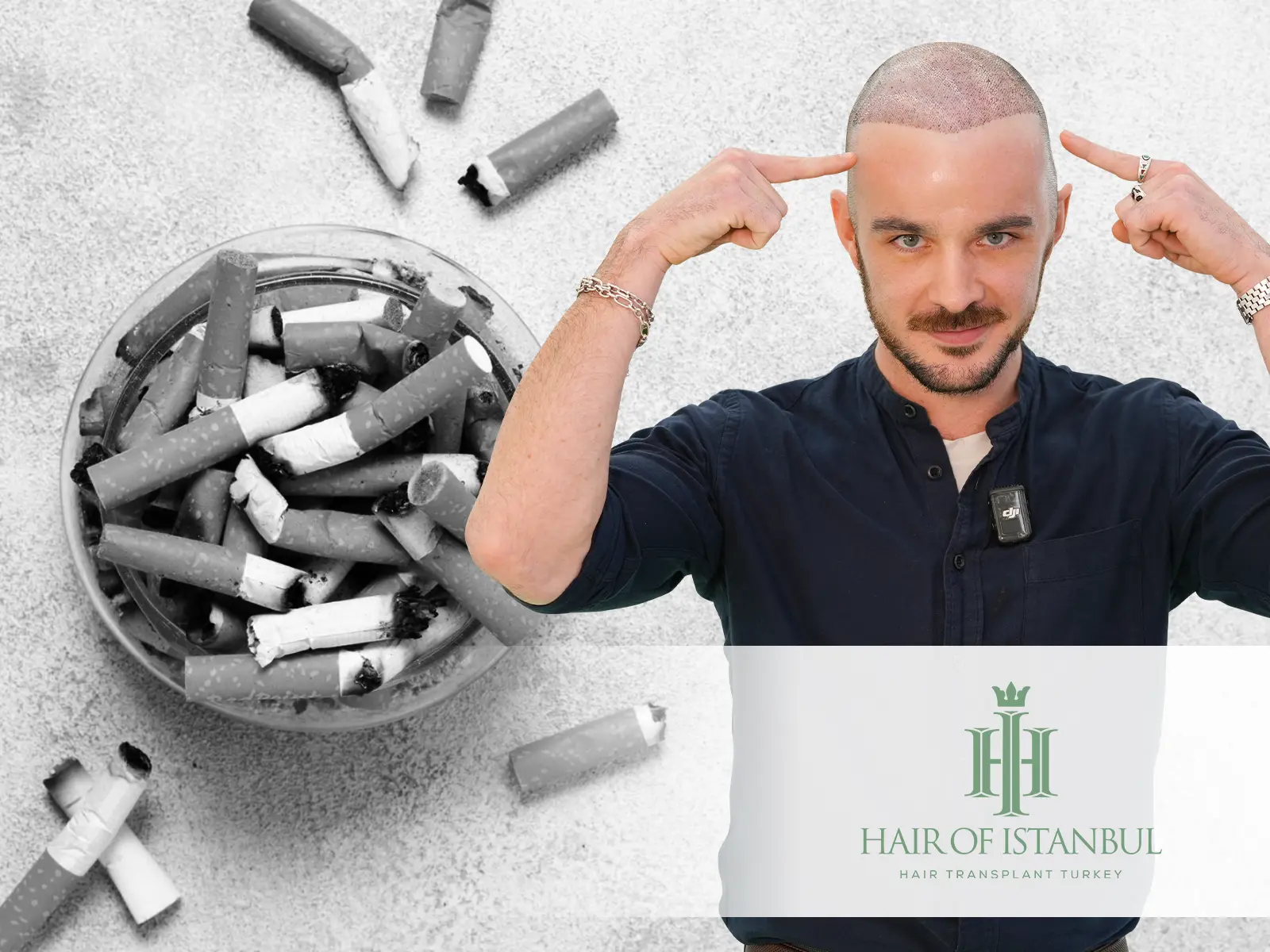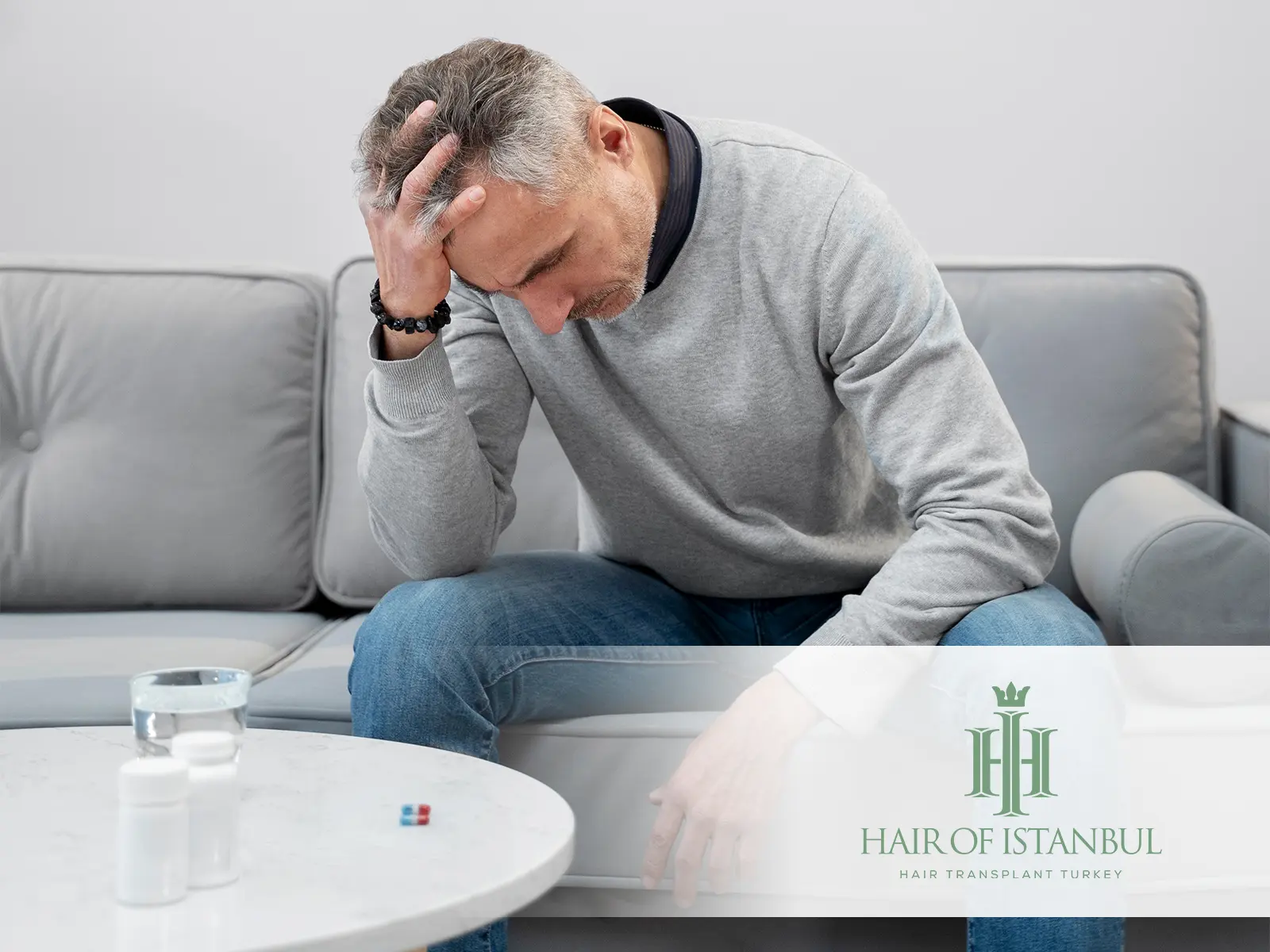Hair Transplant and Sea Water: What You Need to Know Before and After Surgery
For many patients, planning a hair transplant often includes scheduling it around vacations or beach holidays. However, the relationship between Hair Transplant and Sea Water is more critical than it may seem at first glance. Saltwater, despite its natural origin, can affect both the scalp and newly transplanted grafts during the healing process.
Understanding how sea water interacts with the scalp after a hair transplant is essential for ensuring optimal results. From infection risk to graft damage, improper exposure to the ocean can significantly jeopardize your recovery. This article explores every detail you need to know about sea water’s effect before and after your procedure, as well as best practices to protect your results.
The Impact of Sea Water on the Scalp After Transplantation
Sea water is rich in salt, minerals, and microorganisms. While some might believe that natural saltwater could help cleanse or soothe the scalp, it actually poses serious risks for healing tissue. After a hair transplant surgery, the scalp becomes highly sensitive, with tiny incisions made in both the donor and recipient areas.
In this fragile state, exposure to sea water can cause irritation, inflammation, and infection. More importantly, if saltwater enters these small wounds, it can interfere with the graft anchoring process. Patients must avoid the sea entirely for a specific period during the Hair Transplant and Sea Water healing phase.
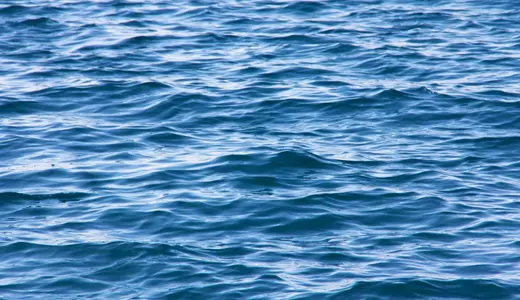
Why Fresh Grafts Must Be Protected
During the first 7–14 days after a hair transplant, the newly implanted follicles are not yet stable. This phase is critical for graft survival. Sea water can disrupt the healing process by drying the scalp and creating a crusty environment that prevents oxygen flow to the follicles.
This makes the combination of Hair Transplant and Sea Water particularly risky. Patients must follow the post-operative instructions provided by clinics such as Hair of Istanbul to ensure their scalp is protected against any external threats, including natural bodies of water.
When Is It Safe to Swim After a Hair Transplant?
While every patient heals at a different pace, most surgeons recommend avoiding sea water, swimming pools, and hot tubs for at least one month following the procedure. The reason is simple: even after the crusts fall off and redness subsides, the skin is still in a delicate regeneration phase.
In the context of Hair Transplant and Sea Water, it is better to wait longer rather than risk setbacks. Once the scalp is fully closed and no scabbing remains, limited exposure to clean water may be acceptable—but only with medical approval.
The Role of Aftercare in Safe Healing
Proper post-op care is essential to prevent complications. Patients are advised to use prescribed saline sprays, avoid scratching the scalp, and gently clean the area as directed. Clinics that offer comprehensive aftercare, like Hair of Istanbul, provide detailed instructions tailored to each patient’s case.
Adhering to these protocols helps reduce the risks associated with Hair Transplant and Sea Water, especially in the vulnerable early recovery phase.
Hair Transplant and Vacation Planning
Many international patients plan their procedure in countries like Turkey due to the high-quality services offered by clinics such as Hair of Istanbul. However, combining hair restoration with beach holidays requires caution.
Although it’s tempting to enjoy the Mediterranean or Aegean coasts post-procedure, it’s essential to avoid sea water during the healing phase. This is one of the most misunderstood aspects of Hair Transplant and Sea Water scenarios, leading to premature exposure and damaged grafts.
Before and After Hair Transplant
Visual evidence speaks volumes. Looking at before and after hair transplant photos can help you understand how well-maintained aftercare, including the avoidance of sea water, directly affects outcomes.
Patients who strictly avoid sea exposure during the healing process tend to show more even growth and healthier scalp conditions. The correlation between Hair Transplant and Sea Water complications is often visible in inconsistent or delayed growth.
Bu gönderiyi Instagram’da gör
Women and Sea Water Risks After Hair Transplant
The sensitivity to saltwater is not limited to male patients. Women who undergo hair transplant for women or female hair transplant procedures must also avoid beaches and swimming in open water during the first several weeks post-surgery.
While hair density and skin type may vary, the healing rules remain the same in the context of Hair Transplant and Sea Water recovery.

Afro Hair Transplant and Sea Exposure
Patients receiving afro hair transplant treatments may face even greater risks when exposed to sea water too early. Afro-textured hair follicles are more delicate during implantation, and the scalp may react more strongly to salt and bacteria found in ocean water.
For this reason, post-op restrictions concerning Hair Transplant and Sea Water are even more vital for patients with curly or coarse hair types.
DHI and FUE: Technique Differences and Aftercare Rules
Whether you choose DHI hair transplant or FUE hair transplant, aftercare guidelines are largely consistent. Both methods involve placing grafts into micro-incisions, and both require the scalp to remain dry and clean for a specified time.
In all cases, Hair Transplant and Sea Water should not intersect during early healing, regardless of the surgical technique.
Risks of Infection and Prolonged Redness
Saltwater may not appear harmful at first, but it often contains bacteria and other microbes that can infect surgical wounds. This can result in folliculitis, redness, swelling, and even graft failure.
Avoiding sea exposure is not a suggestion—it is a critical component of Hair Transplant and Sea Water safety practices.
Professional Advice and Monitoring
The safest approach to dealing with Hair Transplant and Sea Water concerns is to stay in contact with your medical team. Trusted clinics like Hair of Istanbul often provide virtual follow-ups and ongoing support for both local and international patients.
Patients are encouraged to share photos of their scalp during recovery if they have concerns about healing or any potential exposure to water.
Conclusion
The connection between Hair Transplant and Sea Water is not to be underestimated. Saltwater may be natural, but its effects on a healing scalp can be harmful. Patients must avoid swimming in the sea, walking along windy beaches, or allowing salt particles to come into contact with the scalp during the early recovery period.
Careful planning, strict adherence to post op instructions, and delaying any beach vacations will protect your investment and ensure strong, natural looking results.
To receive expert advice on surgery timing, scalp protection, and aftercare, visit Hair of Istanbul and consult with their specialist team.

